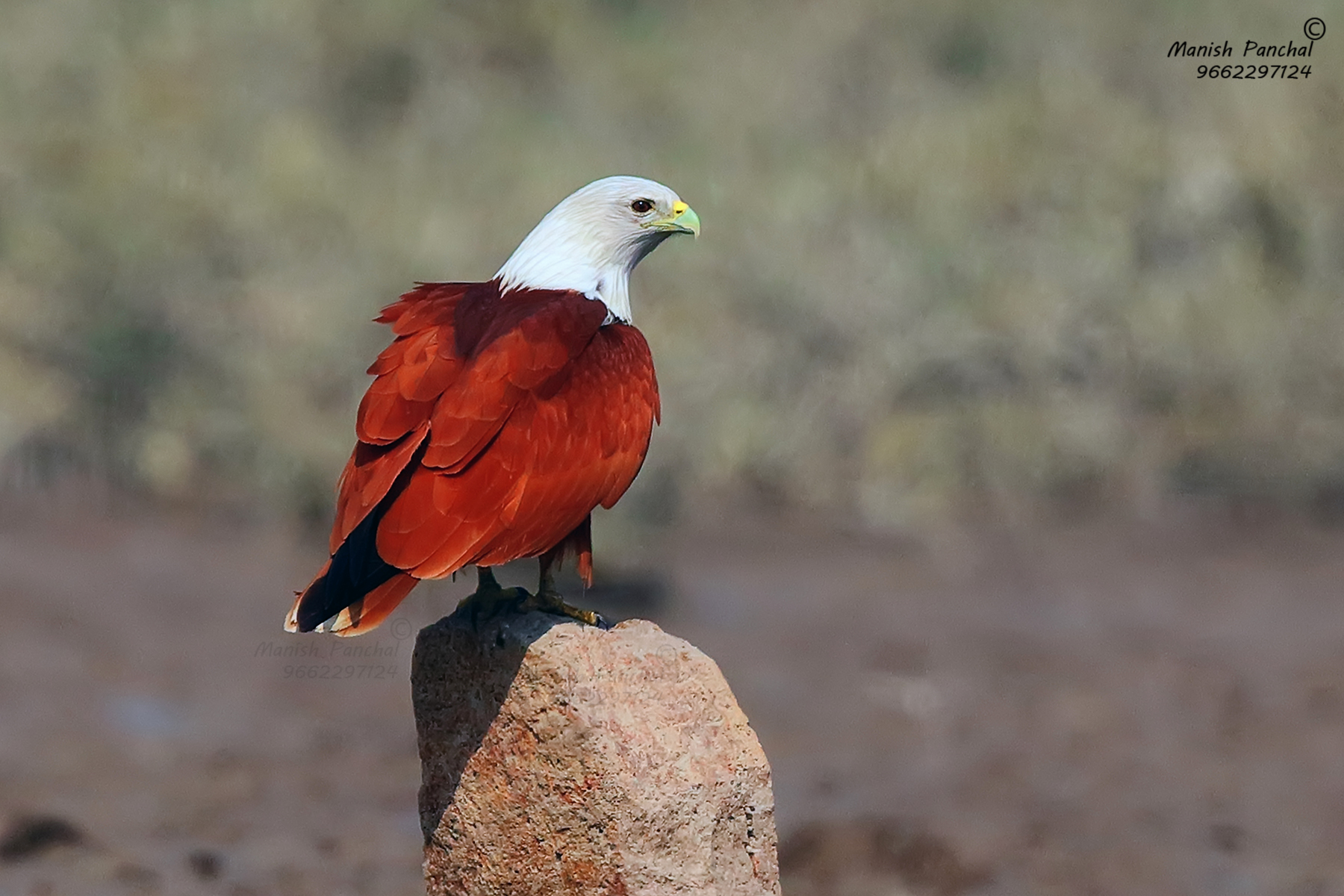

Known as elang bondol in Indonesia, the brahminy kite is the official mascot of Jakarta. In some incidents where brahminy kites mobbed steppe eagles ( Aquila rapax), they were attacked and injured or killed.Ī number of ectoparasitic bird lice in the genera Kurodaia, Colpocephalum, and Degeeriella have been reported. They may mob larger raptors such as the Aquila eagles. They roost communally on large and isolated trees and as many as 600 have been seen at one location. When fishing over water, they may sometimes land in the water, but manage to swim and take off without much trouble. Young birds may indulge in play behaviour, dropping leaves and attempting to catch them in the air. A rare instance of a bird feeding on honey at the hive of Apis florea has been recorded. Brahminy kites have even been recorded taking advantage of Irrawaddy dolphins herding fish to the surface, in the Mekong River. They may also indulge in kleptoparasitism and attempt to steal prey from other birds. It is primarily a scavenger, feeding mainly on dead fish and crabs, especially in wetlands and marshland, but occasionally hunts live prey such as hares and bats. The incubation period is about 26 to 27 days. Both parents take part in nest building and feeding, but likely only the female incubates. A clutch of two dull-white or bluish-white oval eggs measuring 52 x 41 mm is laid. In some rare instances, they have been seen to nest on the ground under trees. They show considerable site fidelity nesting in the same area year after year. The nests are constructed of small branches and sticks with a bowl inside and lined with leaves, and are located in various trees, often mangroves. In southern and eastern Australia, it is August to October, and April to June in the north and west.

The breeding season in South Asia is from December to April. The brahminy kite is now placed with the whistling kite in the genus Haliastur that was erected by the English naturalist Prideaux John Selby in 1840. Neither Brisson nor Buffon included a scientific name but in 1783 the Dutch naturalist Pieter Boddaert coined the binomial name Falco indus in his catalogue of the Planches Enluminées. It was also illustrated in a hand-coloured plate engraved by François-Nicolas Martinet in the Planches Enluminées D'Histoire Naturelle which was produced under the supervision of Edme-Louis Daubenton to accompany Buffon's text. The brahminy kite was included by the French polymath Georges-Louis Leclerc, Comte de Buffon in his Histoire Naturelle des Oiseaux. He used the French name L'aigle de Pondichery. In 1760, French zoologist Mathurin Jacques Brisson described and illustrated the Brahminy kite in the first volume of his Oiseaux based on a specimen collected in Pondicherry, India.


 0 kommentar(er)
0 kommentar(er)
